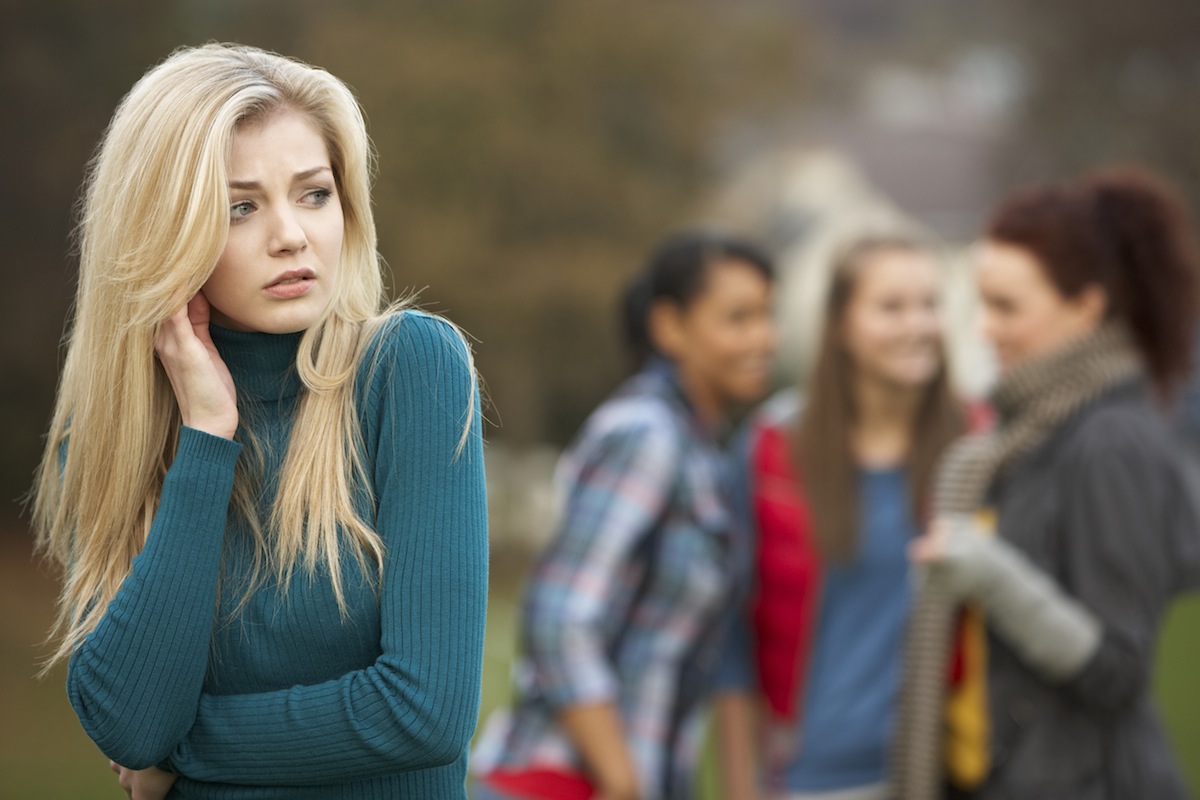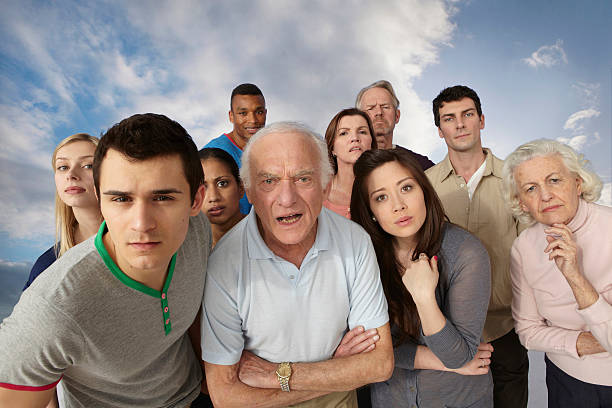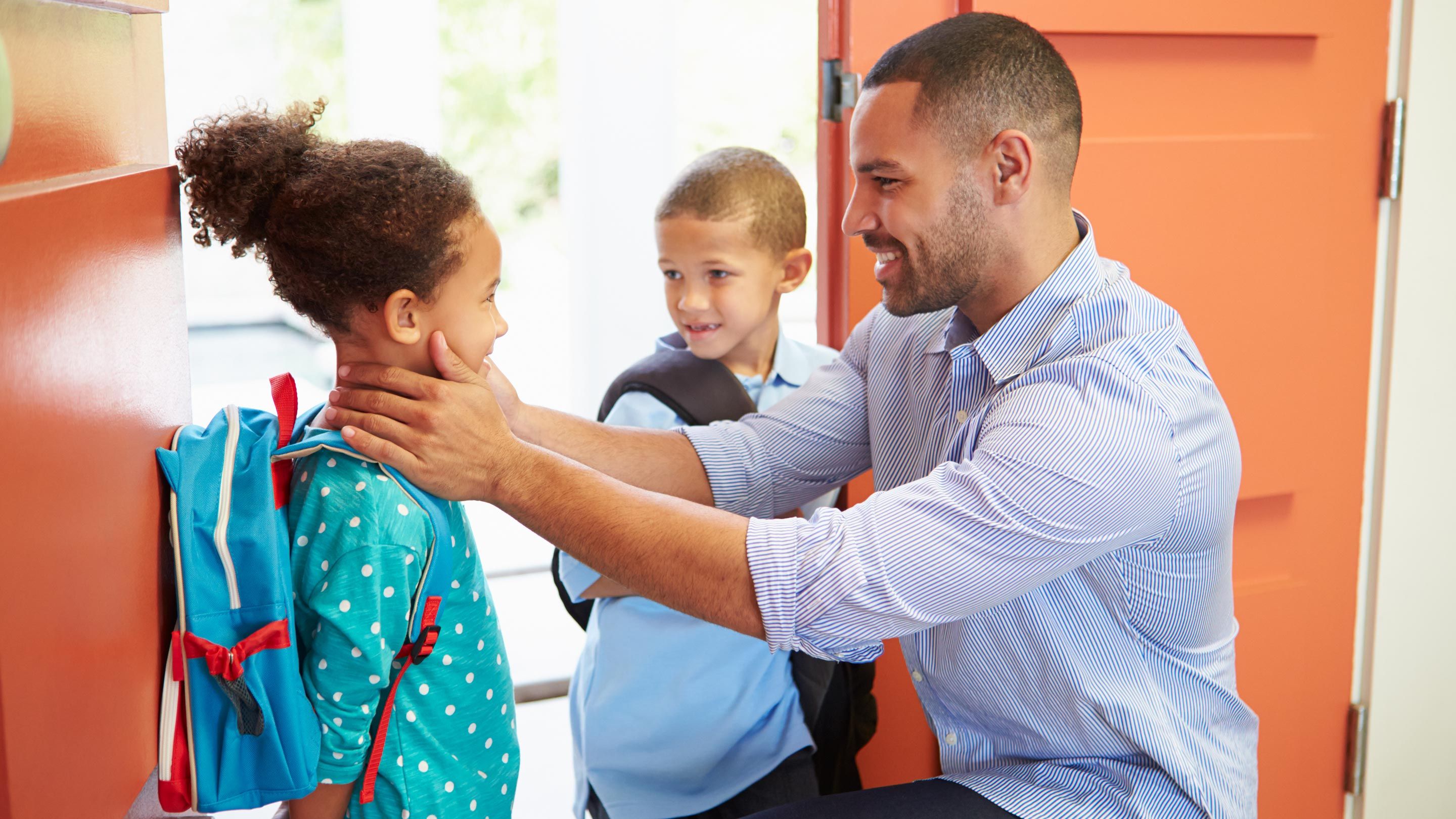A Brief Commentary on the COVID-19 Pandemic
Around the world we are all witnessing an event that most people have never experienced before. The COVID-19 pandemic has tested humanity’s resolve and resiliency by having to change and alter how we live our lives each day. Whether it is a stay-at-home order, wearing a mask, or school being cancelled, this has had an impact on nearly everyone. For us at NSAC it has forced us to be creative with how we do our treatments to continue to help the individuals that struggle with social anxiety. Please note that different orders are in place for different states, cities and countries regarding what is recommended and allowed to do, so please follow those specific orders and guidelines.
Exposure Therapy
Treatments for social anxiety typically involve situational exposures along with other combinations of treatments (e.g. Abramowitz, Deacon, & Whiteside, 2019). A situational exposure in regards to social anxiety involves a situation that someone might avoid due to a fear of being judged, embarrassed, or the like. The goal of entering into such a social situation is to assist them in acquiring new information or safety learning that disconfirms their fear based beliefs (e.g. Abramowitz, Deacon, & Whiteside, 2019). Exposure therapy falls under the umbrella of cognitive-behavioral therapy (CBT) and is an evidence based practice. For an overview of the evidence I recommend reading Exposure Therapy for Anxiety Principles and Practice second edition by Abramowitz, Deacon, and Whiteside p 23-31.
With current restrictions being in place around the world, we are faced with the unique challenge of having limited opportunities for many situational exposures. One could say this is unfortunate, another perspective is that it “allows” us to be creative and novel in how we work. I thought this would be perfect timing to create a list of possible exposures that can still be done while we are adapting to this change. I also believe these will continue to be helpful once this pandemic ends.
List of Common Situations that elicit Social Anxiety
Rather than simply compile a list I thought it would be helpful to organize it in a specific way. In Managing Social Anxiety: A Cognitive-Behavioral Therapy Approach 3rd Ed. Workbook By Hope, Heimberg, and Turk (2019), the authors provide a common list (below) of situations that people with social anxiety identify with:
Speaking in front of a group, casual conversations, sharing an opinion, sharing personal information during a conversation, meeting someone new, sending text or email, talking on the phone, posting to social media, eating or drinking in front of others, writing or typing while being observed, being assertive, talking with an authority figure, talking with a very attractive person, job interviews, unexpectedly seeing an acquaintance, giving or receiving a compliment, saying “no” to someone, attending meetings. (p. 66-68 Hope, Heimberg & Turk, 2019).
Some Examples of how to do Exposure Without Being “Exposed”

Some of these practices still can be done the same way even during this time: send a text or email, talking on the phone, and posting to social media. Most will require some augmentation or adjustments during COVID-19. The following list comes from many different sources: myself, clients, colleagues and the like.
Speaking in front of a group:
- Record yourself giving a prepared short talk; watch the recording.
- Post the recording on a social media platform (eg. create a YouTube video and post).
Casual Conversations:
- Facetime, Zoom, Skype, etc. to have a casual conversation. Variables to change to make it easier or more difficult would be whom you have the conversation with (friend/family, acquaintance, stranger).
- Using social distancing, introduce yourself to as many neighbors as you don’t know. Note: it’s possible they are bored and would appreciate it.
- Comment with a question about a post on social media to spark a conversation (friend/family, acquaintance, stranger).
Sharing an Opinion:
- Post an opinion on social media. This might be sharing a simple preference of yours, sharing something intentionally “different,” or offering an opinion you are passionate about.
- Post in the comments section of an article about what you thought of the story.
Sharing personal information during a conversation:
- Post an update of how you are surviving during COVID-19. Use a video for greater difficulty.
- Follow up a conversation with those neighbors you introduced yourself to 😊.
- Type up your favorite memory as a kid; email it to ten people. Post it on social media and tag others with encouraging them to do the same.
Meeting someone new:
- Look for friends of friends on social media and introduce yourself to one of them.
- Host a virtual meet-up, ask a friend to “bring” one person you don’t know.
- See casual conversations section.
Drinking or eating in front of others
- Record yourself making food and eating it; post online.
- Attend virtual happy hour and “accidentally” spill your drink.
- Using social distancing, eat food in a public space where you can be observed by others.
Writing or typing while being observed:
- Record yourself writing your signature multiple times.
- Ask a friend to “observe” you typing or writing virtually.
Being assertive:
- Attempt to host a virtual meet up (can use something like Zoom, or GoToMeeting).
- Order something over the phone, then change your mind and decide not to order it.
- Disagree with someone respectfully on a post or comment.
Talking with an authority figure:
- Call the mayor’s office of your city or town and ask for guidance regarding current social distancing practices.
- Call a state or federal congressperson or senator and ask the same question.
- Call a store and ask to speak to the manager. Ask them a question that they probably won’t know such as “when will you be serve food again?”
Talking with an attractive person:
- Message, text, or arrange virtual meet up with someone you already know who you think is attractive (think of it as practice).
- Use a dating app to message someone who you think is attractive. Repeat many times.
- Have a virtual date
Job interviews:
- Write a list of common questions, record yourself answering them.
- Have a friend ask these questions to you and record yourself.
Giving a compliment:
- Compliment someone online.
- Text a compliment to a friend or acquaintance.
- During phone or video call offer a compliment to someone.
Saying “no” to someone:
- Call a business that does sales (cars, insurance, etc.) and ask some questions. Say no thanks after they give you information or their sales pitch.
- Decline someone’s request for help when you feel it is beyond your comfort level.
Attending meetings:
- Join an online support group.
- Join a webinar – ask a question during presentation.
- Attend a meet-up group that has already been established.
This is not an exhaustive list but it will be a good start for people wanting to continue their work during this difficult time. Hopefully this gives helpful tips or ideas of what exposures you can do during the pandemic. Before doing an exposure there are several things to consider to make it successful. One helpful tool is using cognitive restructuring to come up with a thought that is more helpful and believable that helps you to enter the situation. Also be sure to be on the look-out for any safety behaviors you may use to ease the anxiety. These will impede you from gaining maximum benefit of the exposure. Afterwards reflect on what you have learned from this, acknowledge your hard work and accomplishments. Doing exposure is hard work normally, but doing it during a pandemic now that’s something to brag about!
Written by
Zach Pacha, LISW
NSAC, Des Moines
References
Abramowitz, J.S, Deacon, B.J., & Whiteside, S. P. H. (2019) Exposure therapy for anxiety: Principles and practice second edition. Guilford Press.
Hope, D. A., Heimburg, R.G., & Turk, C. L. (2019). Managing social anxiety: A cognitive-behavioral therapy approach third edition workbook. Oxford University Press.











